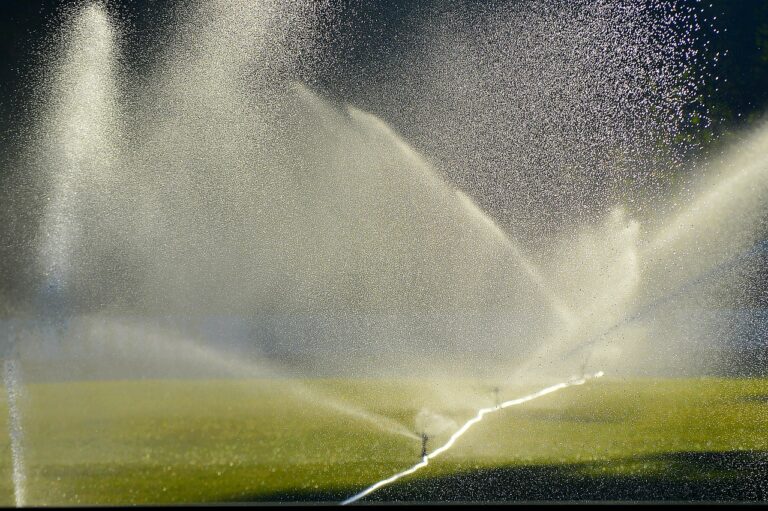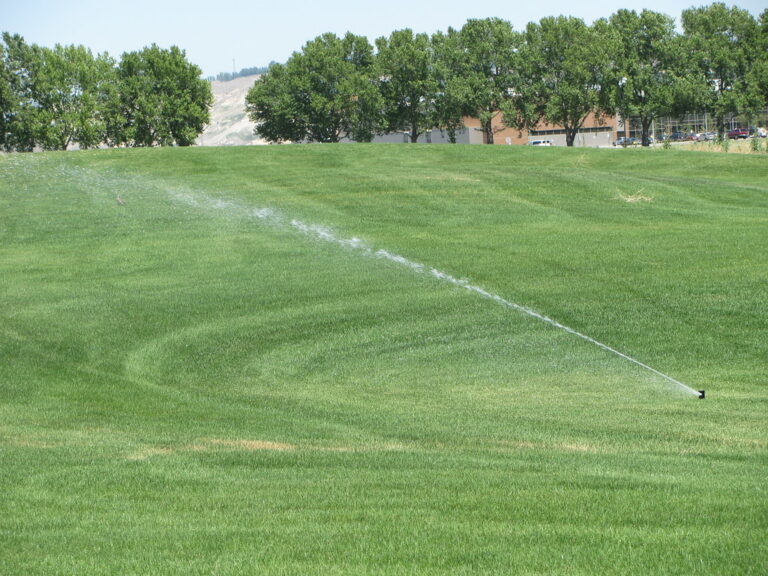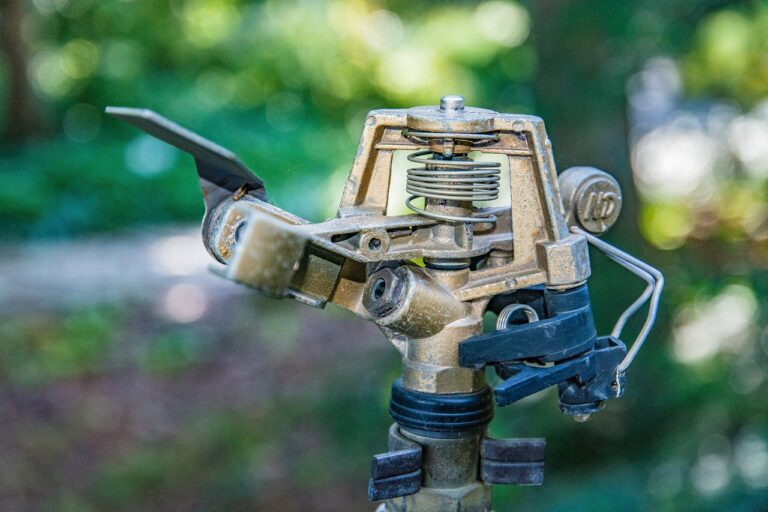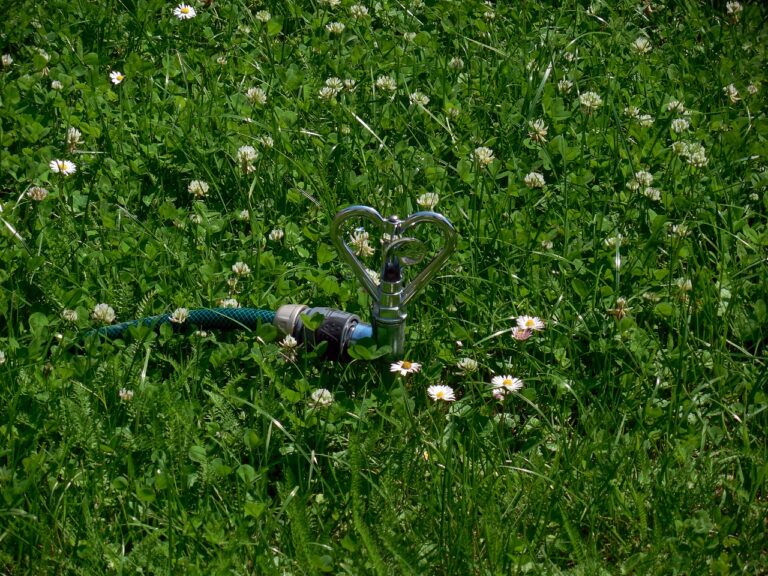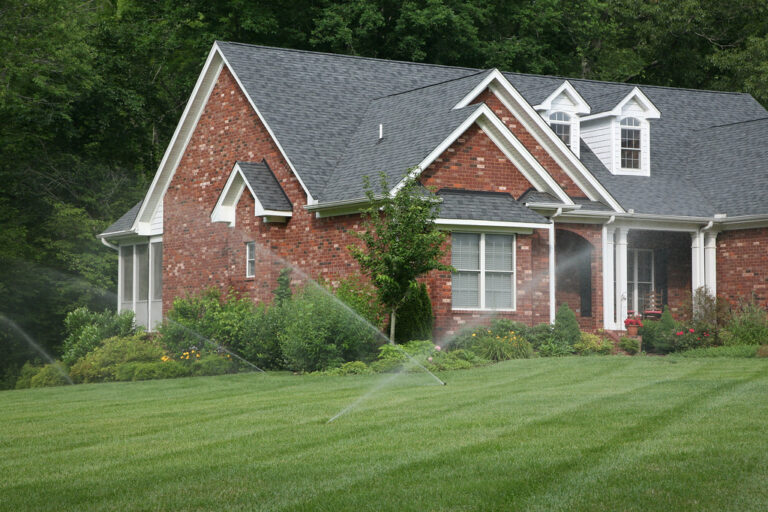Essential Maintenance Tips to Keep Your Lawn Irrigation System Running Smoothly
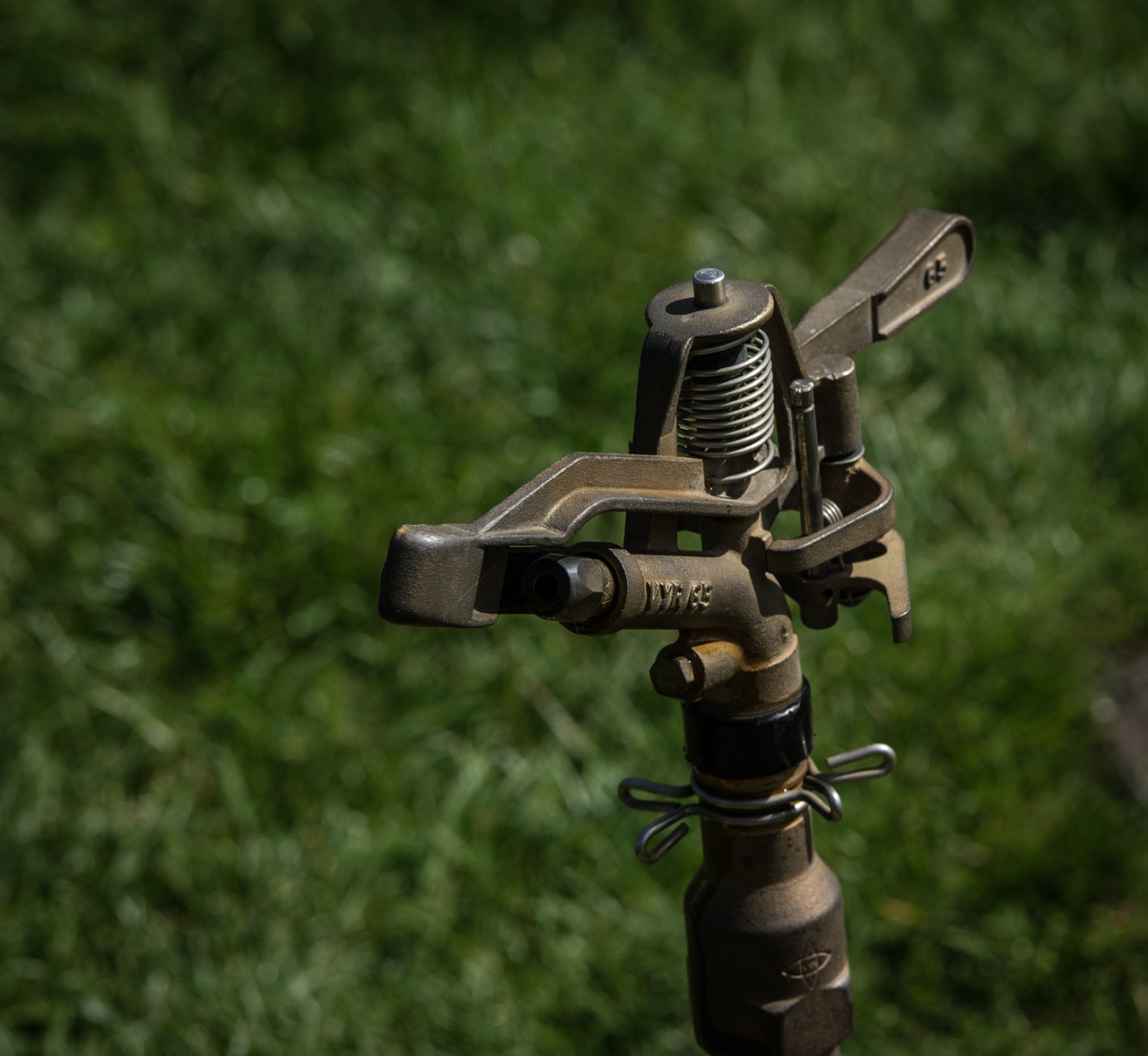
Maintaining a lush and vibrant lawn is no small feat. It requires constant care and attention, especially when it comes to your irrigation system. A well-maintained lawn irrigation system is the backbone of a healthy and beautiful yard, ensuring that every blade of grass gets the hydration it needs to thrive.
But with so many different types of lawn irrigation systems out there, how do you know which one is right for you? And once you have installed the perfect system, how do you keep it running smoothly year after year?
In this blog post, we will dive into the world of lawn irrigation systems and explore essential maintenance tips to help you ensure that your system continues to deliver optimal performance. From regular inspections to troubleshooting common issues, we’ve got you covered.
So grab your gardening gloves and let’s get started on keeping your lawn irrigation system in tip-top shape!
The Importance of Maintaining Your Lawn Irrigation System
Your lawn irrigation system plays a crucial role in maintaining the health and beauty of your lawn. It ensures that your grass, plants, and flowers receive the necessary water they need to thrive. However, like any other system, it requires regular maintenance to keep it running smoothly.
Regular maintenance of your lawn irrigation system is essential for various reasons. First and foremost, it helps prevent costly repairs down the line. By identifying any potential issues early on, you can address them before they become major problems.
Proper maintenance also ensures optimal performance of your irrigation system. Clogged nozzles or broken sprinkler heads can lead to uneven watering or areas being missed entirely. Regular inspections and cleaning help ensure that every part of your lawn receives adequate water coverage.
Maintaining your irrigation system also promotes water efficiency. A well-maintained system will deliver water precisely where it’s needed, reducing waste and saving you money on utility bills.
Another important reason to maintain your lawn irrigation system is to protect the environment. Water runoff from poorly functioning systems can carry pesticides and fertilizers into nearby lakes or streams, causing pollution and harm to aquatic life.
By taking the time to properly maintain your lawn irrigation system, you not only preserve its longevity but also contribute towards a healthier environment while enjoying a lush green yard all year round!
The Different Types of Lawn Irrigation Systems
When it comes to maintaining a lush and healthy lawn, having an efficient irrigation system is essential. But did you know that there are different types of lawn irrigation systems to choose from? Let’s take a closer look at some of the options available.
1. Sprinkler Systems: This is perhaps the most common type of lawn irrigation system. It consists of underground pipes connected to sprinkler heads that distribute water evenly across your lawn. Sprinkler systems can be automated and programmed to water your lawn at specific times, ensuring consistent moisture levels.
2. Drip Irrigation Systems: Ideal for conserving water, drip irrigation systems deliver water directly to the roots of plants through a network of tubes with tiny holes or emitters. This method minimizes evaporation and allows for targeted watering, making it suitable for gardens with plants that have varying watering requirements.
3. Soaker Hoses: Similar to drip irrigation systems, soaker hoses release water slowly along their entire length, providing deep watering directly at the base of plants or in garden beds. They can be easily laid out on the ground surface and covered with mulch for more effective water absorption.
4. Rotary Nozzle Systems: These innovative sprinklers feature rotating nozzles that disperse large droplets over a wider area compared to traditional spray heads while still maintaining uniform coverage. They help reduce runoff by delivering water more slowly into the soil.
5. Oscillating Sprinklers: As one of the simplest and most affordable options, oscillating sprinklers work by spraying a fan-shaped pattern back and forth over your lawn using an arm that moves automatically as it distributes water evenly.
Each type has its advantages depending on factors like landscape size, plant types, climate conditions, and budget considerations. Regardless of which system you choose, proper maintenance is crucial for keeping your lawn irrigated effectively.
Tips for Maintaining Your Lawn Irrigation System
1. Regularly inspect and clean sprinkler heads: Over time, debris such as dirt, grass clippings, or small stones can clog the sprinkler heads and affect their performance. To ensure optimal water distribution, regularly inspect and clean the heads by gently removing any obstructions.
2. Check for leaks: Leaks in your irrigation system can lead to wasted water and higher utility bills. Inspect all pipes, valves, and fittings for signs of leakage. If you notice any damp spots or puddles around these areas, it’s important to address the issue promptly.
3. Adjust watering schedule seasonally: As the weather changes throughout the year, so should your watering schedule. During cooler months or periods of rainfall, reduce the frequency of watering to avoid overwatering your lawn.
4. Monitor water pressure: Excessive water pressure can cause damage to your irrigation system components like pipes and sprinklers. Use a pressure gauge to check if the pressure is within the manufacturer’s recommended range (typically between 30-60 psi). If needed, install a regulator to maintain consistent pressure.
5. Winterize your system: Before freezing temperatures arrive, it’s crucial to properly winterize your irrigation system to prevent costly damage from frozen pipes. Drain all remaining water from the lines using compressed air or manual drainage methods.
6. Calibrate sprinklers for even coverage: Aim for uniformity when it comes to distributing water across your lawn. Make sure that each sprinkler head covers its designated area properly. This will help avoid dry patches or oversaturated areas.
Remember that regular maintenance is key in keeping your lawn irrigation system running smoothly! By following these tips,you’ll not only save money on repairs but also conserve precious resources by ensuring efficient use of water in maintaining a healthy green space
Troubleshooting Lawn Irrigation Systems
Is your lawn irrigation system not working properly? Don’t worry, we’ve got you covered! Here are some troubleshooting tips to help you identify and fix common issues with your system.
Check for any visible leaks or broken pipes in the system. Leaks can lead to wasted water and poor irrigation coverage. If you spot a leak, it’s important to repair it as soon as possible to prevent further damage.
Next, make sure that all sprinkler heads are functioning correctly. Inspect each head for clogs or blockages caused by dirt or debris. Clean out any obstructions and adjust the spray pattern if necessary.
If certain areas of your lawn aren’t receiving adequate water, it could be due to uneven water pressure. Check the pressure regulator on your system and adjust it accordingly.
Another common issue is electrical problems affecting the control panel of your irrigation system. Ensure that all connections are secure and free from corrosion. If necessary, replace any faulty wiring or components.
Consider hiring a professional technician if you’re unable to troubleshoot or resolve issues on your own. They have the expertise and tools needed to diagnose complex problems accurately.
By following these troubleshooting tips, you’ll be able to keep your lawn irrigation system running smoothly throughout the year! Remember that regular maintenance is key in preventing future problems and ensuring optimal performance.
Conclusion
Maintaining your lawn irrigation system is essential for keeping your yard lush and green. By following these essential maintenance tips, you can ensure that your irrigation system runs smoothly and efficiently all season long.
Regularly inspecting and cleaning your sprinkler heads, checking for leaks or damaged pipes, adjusting the watering schedule to account for changes in weather conditions, and performing routine maintenance tasks will help prevent issues with your irrigation system.
Remember to always follow the manufacturer’s instructions when it comes to winterizing your system or making any repairs. And don’t hesitate to call a professional if you encounter more complex problems that require expert assistance.
By taking proactive steps to maintain your lawn irrigation system, you can save water, time, and money while enjoying a beautiful and healthy lawn year-round. So go ahead – give your irrigation system some TLC, and watch as it keeps your yard looking its best!

